The deliberate crashing by Germanwings Flight 9525’s own co-pilot, 27-year-old Andreas Lubitz, is creating tons of debate and forcing global airlines to rethink about existing SOP (standard operating procedure). In the incident, the Germanwing’s Airbus carrying 150 people was smashed into an Alpine mountainside. Needless to say, there was no survivor. Is there any relation to MH370 at all?
Some analysts wasted no time but to draw a dotted line linking the latest incident to Malaysian Airlines MH370, which is still missing until today. Were MH370 pilots at fault, the same way Flight 9525 suffered its fate? But that would mean both MH370 pilots conspired together and had flown the Boeing 777-200ER to a remote area of the southern Indian Ocean, before crashing it without a trace, which is highly unlikely.
Between MH370 and Flight 9525, the German’s story makes more sense, if indeed both incidents were caused by pilots on a “deliberate suicide” mission. In the Flight 9525 tragedy, data extracted from the black box recorder shows that co-pilot Andreas Lubitz locked the captain out of the cockpit and intentionally destroyed Airbus A320. This was done after the captain Patrick Sonderheimer left for toilet but couldn’t re-enter thereafter.
Lubitz was allegedly “voluntarily” refused to open the door and his breathing was normal throughout the final minutes of the flight. There was no response when Air Traffic Control at Marseille asked for a distress signal. German national Andreas Lubitz was not on a terror watch list, hence terrorism was striked out. Lubitz used the flight managing system to put the plane into a descent, something that can only be done manually.
There were reports that the locked-out pilot had resorted to using an axe to break the armoured door, without much success. The plane hit the mountain at 700kmh (430mph), and at such speed, death was instant. German prosecutors say they have found evidence that the co-pilot, Lubitz, appears to have hidden evidence of an illness from his employers. Apparently, torn-up sick notes for the day of the crash was found.
Nicknamed “Tomato Andi”, Andreas Lubitz also reportedly had a serious relationship crisis with his girlfriend before the disaster and the resulting heartbreak is thought to have led to this. Obviously, Mr Andreas will be marked as the culprit in this sickening incident where a selfish pilot had decided to commit suicide but not before sacrificing 149 innocent lives as well. But isn’t such story about pilot on a suicide mission quite common?
In the 1950s, there were three people in the cockpit – the captain, the first officer and the flight engineer. During those days, there were many more analog flight instruments, so the flight engineer had to watch them all. The introduction of Boeing 737 with smaller size instrumentation and automation had started the two pilots evolution. That being said, airliners often carry more than two pilots on long haul routes, even today.
In the Germanwings Flight 9525 tragedy, there were two pilots. With the co-pilot all alone in charge, he was practically invisible and could do anything he likes. Immediately after the deadly crashing, some airlines such as EasyJet, New Canadian and Virgin Atlantic are changing procedures to ensure two crew are in the cockpit at all times. But some experts claim even with two crew in the cockpit, it’s still insufficient, and suggested three.
The reason is pretty simple. If someone is hellbent on crashing the plane, he could probably take the other person by surprise and overpower them. And this must not necessary be the captain or co-pilot. It could be the third person stepping in. There’s also a new risk when the door remains open for a prolonged time while the pilot and flight attendant move around each other in a cramped cockpit, allowing terrorists ample opportunity to barge in.
From three pilots to two pilots, and now there’s an argument why bother about the number of pilots if they can’t be trusted in the first place. What about zero pilot and leverage on technologies instead. Ahh, that would mean no jobs for pilots, the same way military is flying drones. Okay, but why can’t technology be used in situation such as Flight 9525 whereby the authorities could seize its control – remotely?
The technology already exist ages ago (Boeing was awarded a US patent for an “uninterruptible autopilot system” in 2006) but has been resisted by the aviation industry. To be precise, fears of losing jobs and unions representing pilots were blocking the use of such technology. Of couse, there were also the possibilities of cyber-hijack by terrorists. Thus, it was back to square one.
If three pilots, two pilots or zero pilot does not work, how about one pilot? Just automate everything, which is doable, but put only one pilot just for the sake of monitoring. The computers will do everything, except making coffee. After all, computers are much safer because they don’t mistakes, unlike human being. But just like how a reinforced cockpit was built to supposedly protect pilots, it helped the pilot to destroy everyone aboard Flight 9525 instead.
It’s true that no security system in the world can stop something like Flight 9525 tragedy. There will be a situation whereby a fully computerised automated flight together with one pilot onboard to do monitoring task, will meet its tragedy eventually. Sure, there’re rooms for improvement but the ultimate question is – are airlines willing to pay for the cost, which would eat up the profit of the business?
Other Articles That May Interest You …
- AirAsia Flight QZ8501 Didn’t Have Permission To Fly – Blame Games Started?
- Not Again – MAS Flight MH198 Forced To Turn Back, Blames Auto-Pilot Defect
- Here’re 20 Dirty Secrets The Airlines Don’t Want You To Know
- Secret Revealed – The Secret Chambers Where Pilot & Cabin Crew Rest & Sleep (Photos)
- Here’re Insider Reasons Why Malaysia Airlines Bailout Will Not Work
- Exposed !! Documents Show Malaysian Foreign Minister Lies About Diplomat Rape Scandal
- Now Everyone Can Fly … Into Malaysia Undetected
- Missing Jet – Results of Endless Corruption, Incompetence, Extremism

|
|
March 27th, 2015 by financetwitter
|


|

|

|

|

|

|






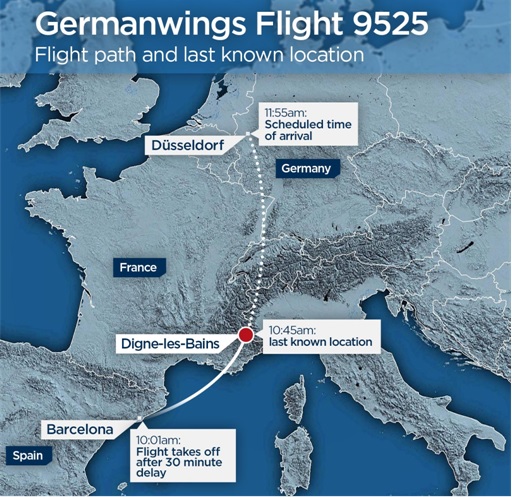
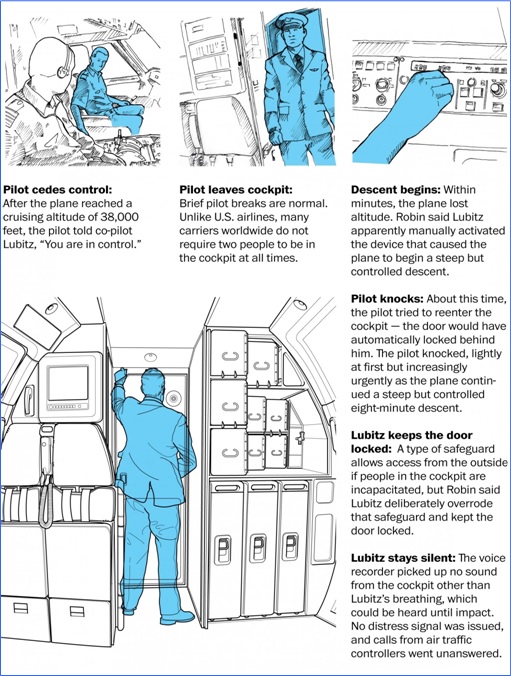
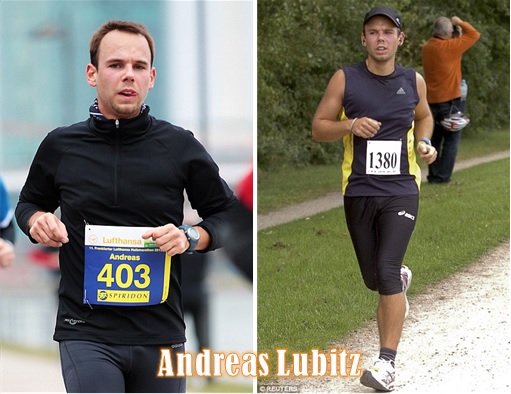
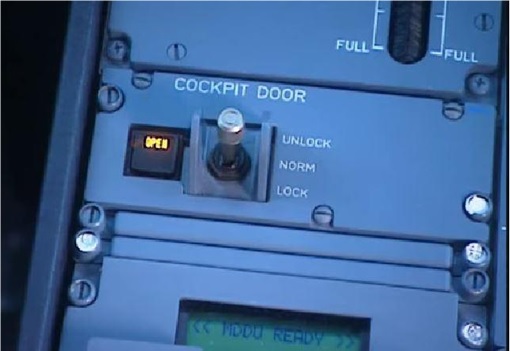
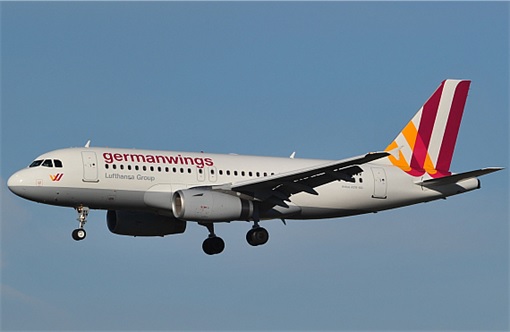
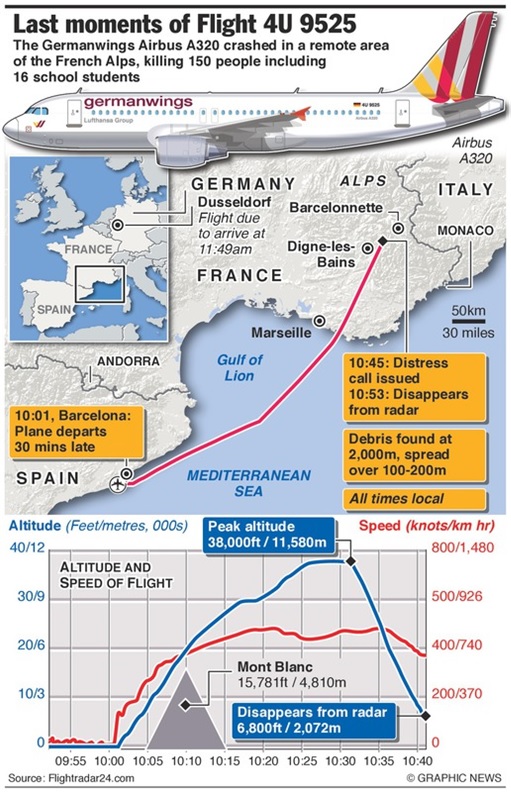
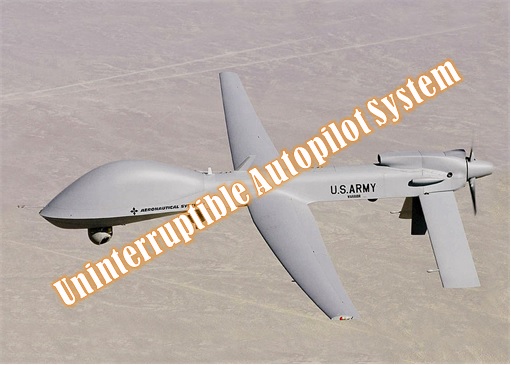







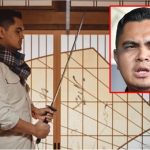














Fully agreed on having one pilot doing the monitoring but have a trained dog to ensure that he does not F&%&king touch anything.Loves your (‘grin’)